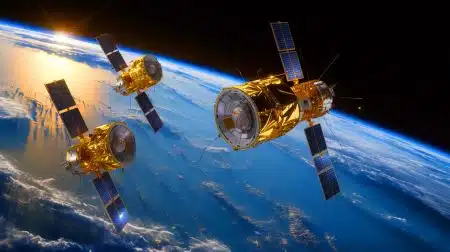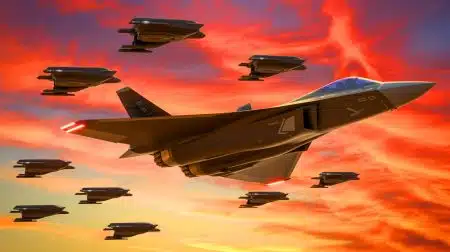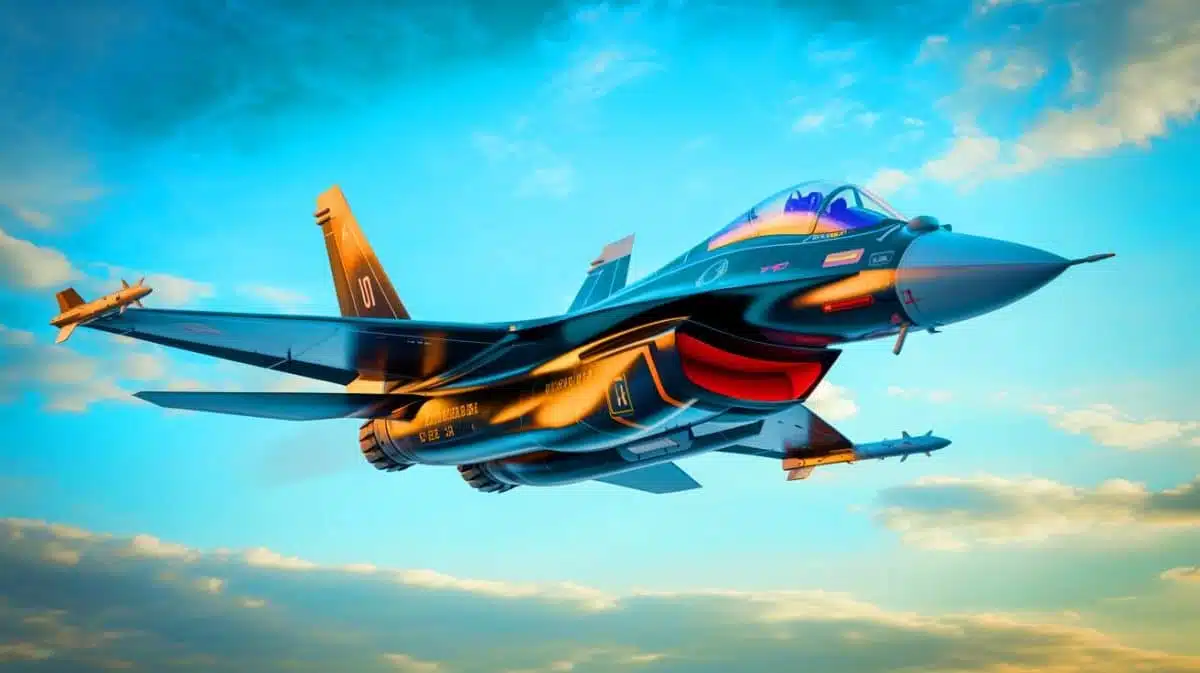| IN A NUTSHELL |
|
Recent developments in the aerospace industry have sent shockwaves through the defense sector as Lockheed Martin, a longstanding titan, faces unprecedented challenges. Once the undisputed leader in cutting-edge combat aircraft, Lockheed Martin is now at a critical juncture following its exclusion from the U.S. Navy’s 6th-generation fighter program and the loss of the F-47 contract. These setbacks raise pressing questions about the future direction of this aerospace giant and its ability to maintain its technological dominance.
Lockheed Martin’s Fall From Grace
Since the introduction of the F-117 Nighthawk, Lockheed Martin had solidified its position as a leader in 5th-generation fighter jets. With iconic aircraft like the F-22 Raptor and the F-35 Lightning II, the company was synonymous with technological supremacy. However, this dominance has been shaken as Boeing was chosen to develop the F-47, the successor to the F-22. The loss of such a significant contract has cast a shadow over Lockheed Martin’s strategy and innovation capabilities.
The recent failures in securing new development contracts have put the company under scrutiny. The question now is whether Lockheed Martin’s heavy reliance on the F-35 program diverted its focus away from innovating for the next generation of fighter jets. This reliance could potentially undermine its competitive edge in an industry where innovation is critical for survival.
Impact on the F-35 Program
The F-35 program remains a vital component of Lockheed Martin’s revenue stream. Yet, its future is uncertain with the emergence of more advanced technologies and 6th-generation aircraft from competitors. The loss of 6th-generation contracts not only threatens Lockheed Martin’s financial health but also its reputation as a technological leader.
The exclusion from new fighter programs could dramatically impact both the financial and strategic status of Lockheed Martin.
For the U.S. armed forces, Lockheed Martin’s exclusion from 6th-generation projects has significant implications. It could alter the defense strategy landscape in the United States and affect the future military capabilities of the nation. The ripple effects of these changes are likely to extend beyond national borders, influencing global defense dynamics.
Intensifying Competition
The arena of defense aviation has become increasingly competitive, with companies like Boeing and Northrop Grumman gaining momentum. These firms have successfully secured key contracts for next-generation fighter jets, potentially jeopardizing Lockheed Martin’s leadership in the industry. As they continue to innovate and capture strategic deals, Lockheed Martin faces an urgent need to reassess its strategic priorities.
The company’s future in high-tech combat aircraft is now uncertain, and it must redefine its strategies and reinvigorate its commitment to innovation. Whether Lockheed Martin can adapt to this rapidly changing environment will determine if it can retain its leader status or if it will succumb to more agile and innovative rivals.
The outcome of this transition will decide Lockheed Martin’s standing as a leader or follower in the aerospace industry.
Facing an Uncertain Future
Lockheed Martin’s challenges are manifold, and the clock is ticking. The coming decade will be crucial in determining whether the company can recover from its setbacks or continue losing ground to increasingly capable competitors. The implications go beyond finances, potentially reshaping future battlefields and the conduct of warfare.
As these changes unfold, Lockheed Martin’s evolution will be closely monitored by investors, military analysts, governments, and strategists worldwide. The company’s ability to navigate this complex landscape will significantly impact its future and the broader defense sector.
The stakes are high for Lockheed Martin. As the aerospace giant grapples with these challenges, the world watches closely. Will Lockheed Martin reclaim its position at the forefront of military aviation, or will it be eclipsed by more innovative competitors? The answer to this question will shape the future of defense technology.
Did you like it? 4.6/5 (21)







Wow, this could change the entire defense landscape! 🤯 What will this mean for international allies?
Is this the end of Lockheed Martin’s dominance in military aviation?
Well, there goes my dream of being a test pilot for a 6th-gen fighter jet. 😅
Why didn’t they see this coming? Were there no signs?
Thanks for the insight! It’s hard to believe such a big player could face these challenges.
Does this mean Boeing and Northrop Grumman will take over?
It’s a shame. Lockheed Martin had such a legacy. Can they bounce back?
Has anybody checked on Tom Cruise? 😜